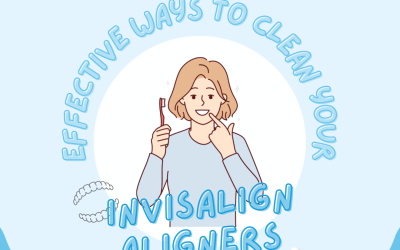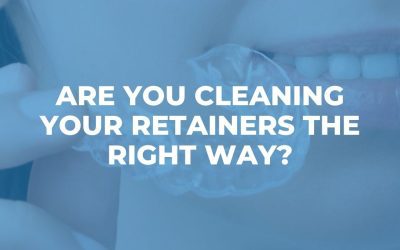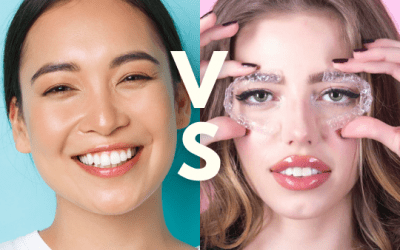Do braces hurt?
Looking to get started on your journey to a brand new smile with braces? Here’s what you need to know!
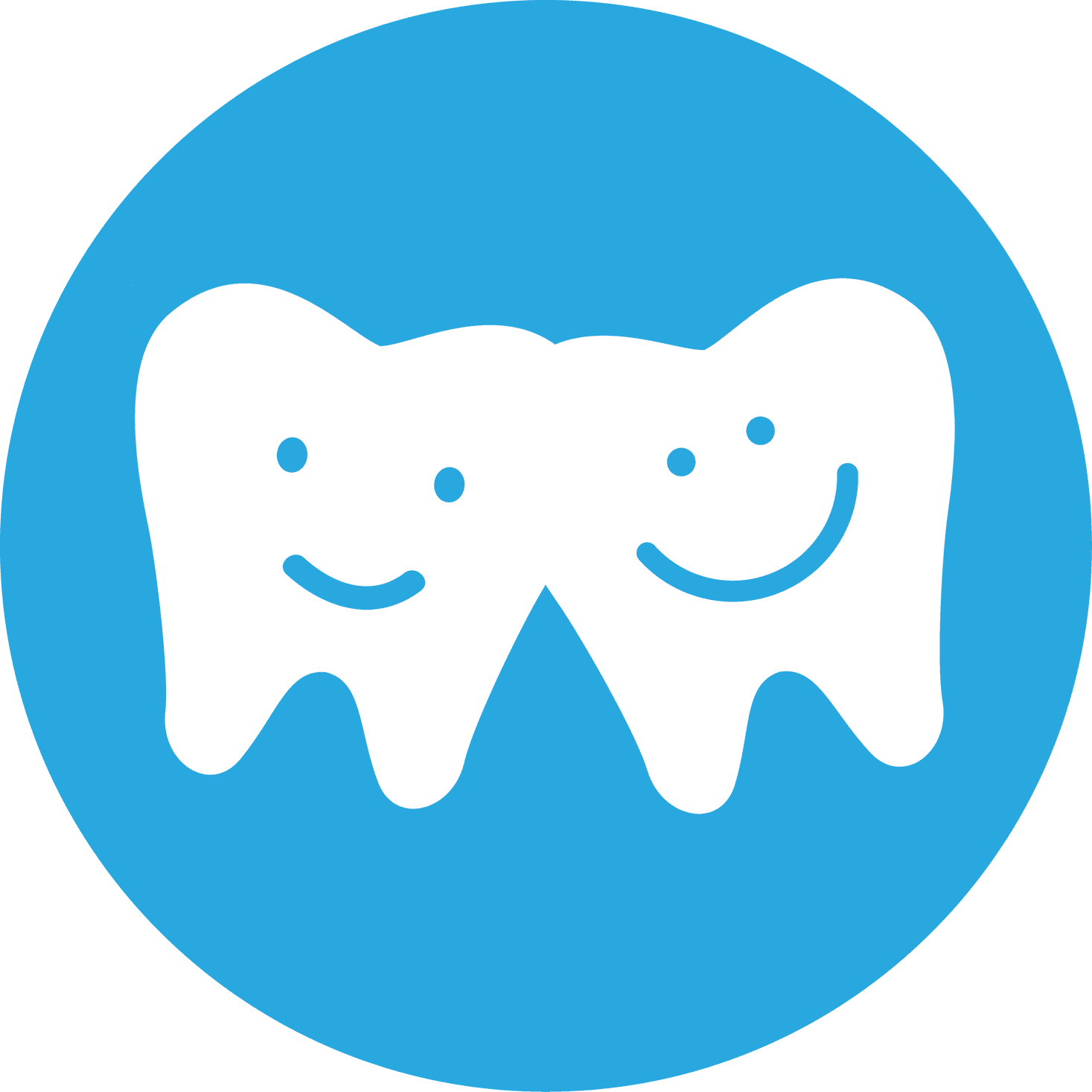
Written by NoFrills Dental
This dental article has been curated by the clinical team @ NoFrills Dental 🙂
December 30, 2021
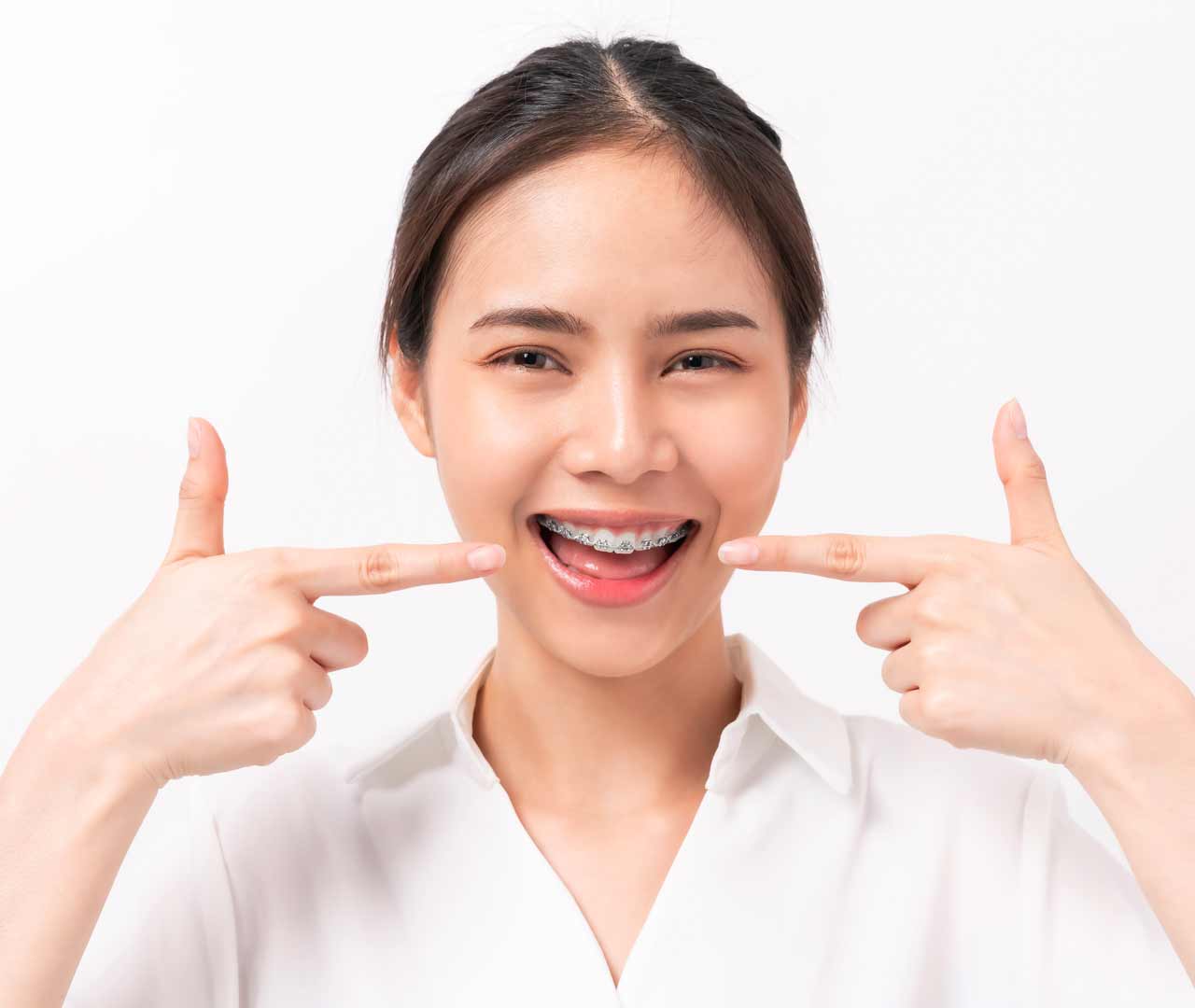
If you’re thinking about having orthodontic treatment, one question uppermost in your mind will be whether braces hurt.
This is perfectly understandable – your braces are likely to be part of your everyday life for more than a year.
Braces may at times cause discomfort of varying levels over the course of treatment but overall it’s usually not too bad. And there are steps you can take to ease any soreness.
Most people get used to their braces in about a month. After six months, you may not even notice them, although you might experience some tenderness from time to time.
Here, you’ll find out when and why braces could hurt a little, and how you can deal with it.
Do braces hurt at first?
The braces placement process entails fixing brackets onto your teeth, connecting the brackets with wires, and securing everything in place with elastic bands. You may experience minor pinching or pressure during the procedure but it’s not painful.
Placement takes one to two hours and includes application of an adhesive to your teeth. This may not taste so good but it won’t be painful.
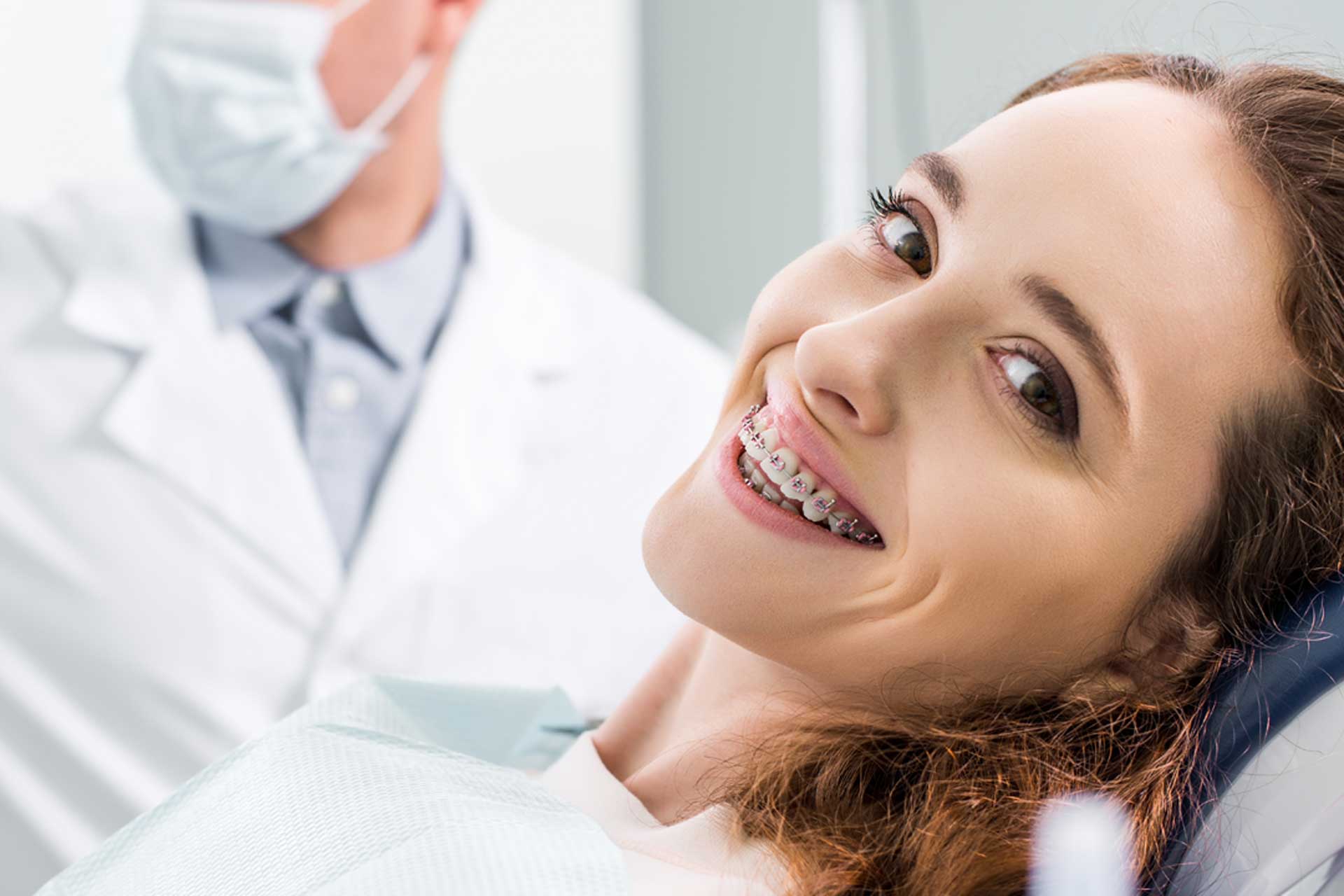
First few hours
Braces hurt when you first get them because this is when they’re applying most pressure. Your teeth and gums will begin to feel sore a few hours after your braces have been fitted. This generally lasts about a week as your mouth becomes accustomed to your braces. Eating may also be a little tricky for a while.
This initial discomfort happens because the wires and rubber bands are applying pressure to your teeth to begin gradually straightening them, and it takes time to get used to this.

2 – 3 days after initial placement
Braces can continue to feel a little uncomfortable for a few days after placement as the teeth realignment process gets under way.
Irritation of the inner cheeks and lips can be alleviated with dental wax or silicone provided by your dentist. This will create a smooth surface. You can also take over-the-counter pain relief medication and rinse your mouth with salt water.

5 days to a week after placement
After five days to a week, any initial discomfort from your braces should have disappeared or at least subsided substantially.
As your teeth gradually get used to your braces, eating should also get easier.
Do braces hurt after follow-up appointments?
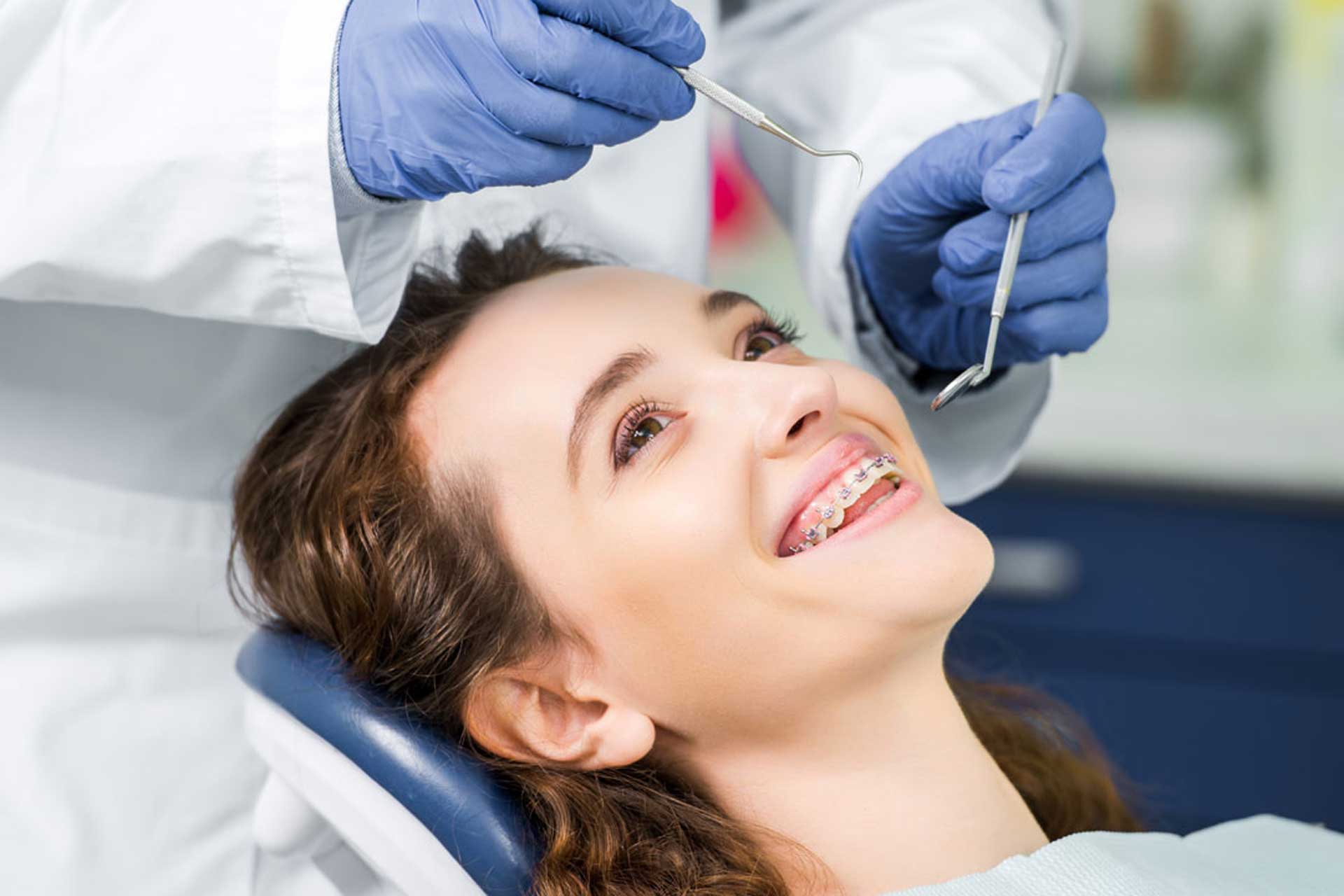
You’ll need to see your dentist every few weeks after getting your braces. This is so they can monitor treatment progress and tighten your braces as necessary.
Adjustments to braces are needed at key intervals to take into account the progressive orthodontic process of gently stretching the ligaments that connect your jaw bone to your teeth. As your teeth move, your braces would become less effective without tightening of the wires or elastic bands to increase tension.
Having your braces adjusted doesn’t usually hurt but you may feel some discomfort for a couple of days after your appointment. In that case, you can try a cold compress and/or taking over-the-counter pain relief until the problem subsides.
Any soreness after follow-up orthodontic appointments should be less than when you first got your braces.
Tips to ease braces pain
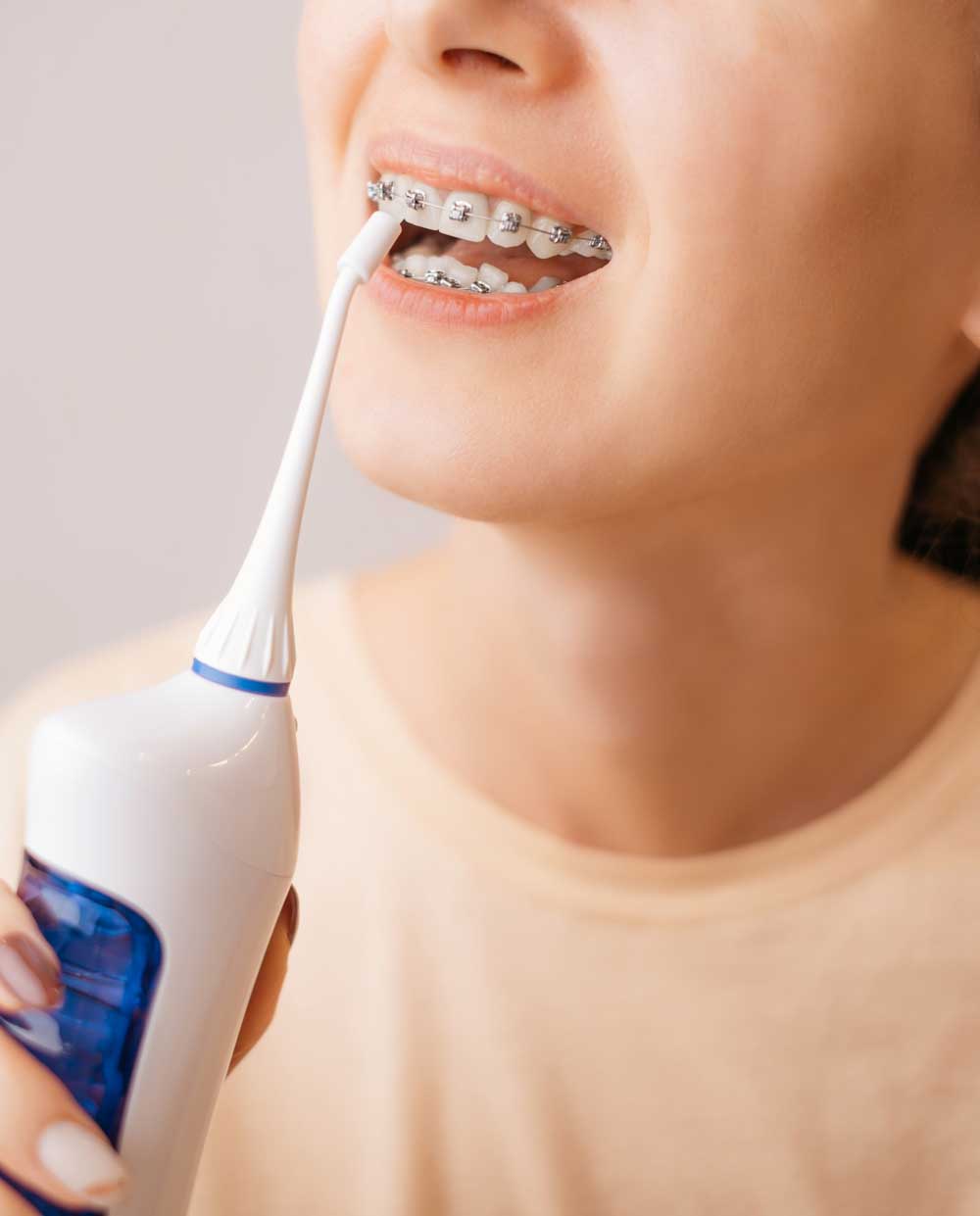
Common problems associated with braces include:
- Tender teeth and gums, especially when eating.
- Discomfort inside the cheeks.
- Sore tongue from running it across your braces.
Most issues with braces can be treated with over-the-counter medications such as:
- Ibuprofen (Advil).
- Naproxen (Aleve).
- Acetaminophen (Tylenol).
Make sure you follow the dosage instructions carefully.
Whenever your braces are rubbing against the inside of your mouth, don’t forget the soft wax or silicone your dentist gave you to provide a protective barrier that reduces the risk of sores or cuts.
Other ways to alleviate discomfort during your orthodontic treatment include:
- Oral anaesthetic. Use a cotton swab or your finger to rub Anbesol or Orajel on sensitive teeth or gums.
- Salt water rinse. Swishing warm salt water around your mouth helps to heal any sores or cuts from your braces.
- Cold drinks. Cold drinks and smoothies can sooth inflamed gums.
- Gum massage. Gently rub a finger in a circular motion around your gums.
- Ice pack. Apply an ice pack or bag of frozen peas to the outside of your mouth.
How you look after your braces and your teeth can also make a difference to how much discomfort you get from orthodontic treatment.
Good oral hygiene is crucial with braces
It’s more important than ever to maintain a good standard of oral hygiene when wearing braces. Keeping your teeth and your braces clean will prevent painful problems such as tooth decay and gum inflammation.
Bits of food get stuck in braces, and the wires and brackets make brushing and flossing difficult, so you need to be more diligent with your oral hygiene to avoid a build of bacterial plaque.
Brushing – Brush your teeth after each meal, including snacks. Rinse your mouth with water before brushing to help loosen food particles lodged in and around your braces.
Flossing – Floss your teeth at least once a day, ensuring you get between the brackets and under the wires of your braces.
Mouthwash – Use an alcohol-free, fluoridated mouth rinse regularly.
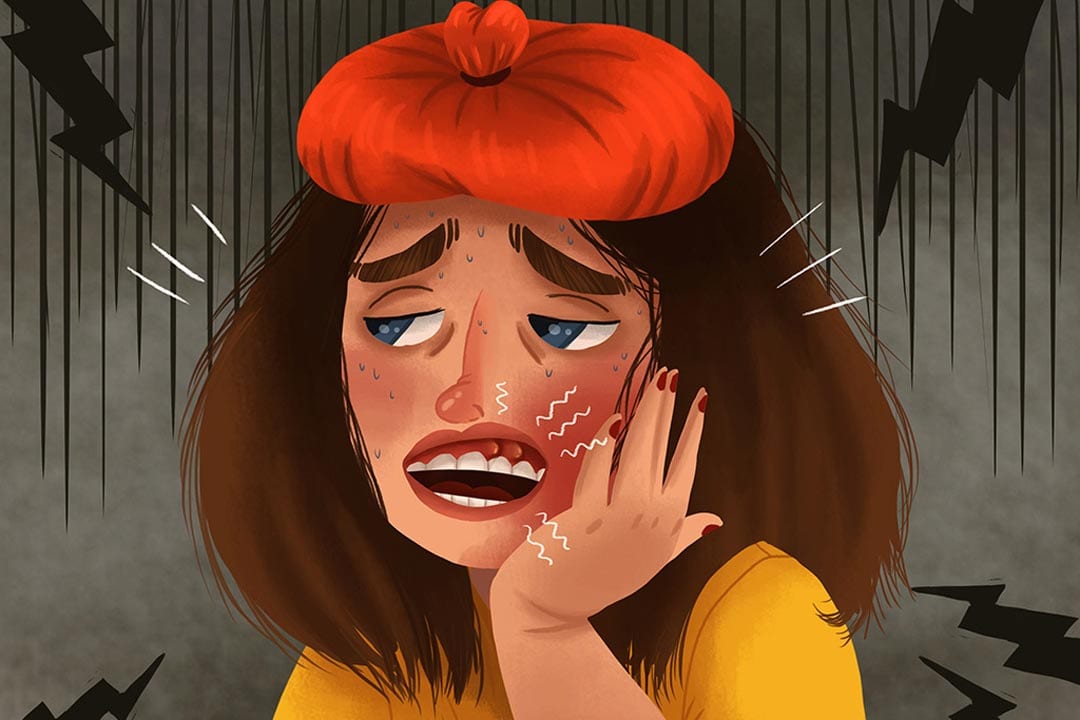
Warning signs that something’s wrong with your braces
It’s normal to get some discomfort with braces, especially on the first day and after they’ve been adjusted, but there are certain warning signs that something is wrong and you need to talk to your dentist.
These instances include prolonged spells of pain, and discomfort related to:
- A loose bracket.
- Stabbing sensation from a protruding wire.
- Bleeding
- Facial swelling.
- A tooth that chips or starts to show signs of decay.
- Extreme sensitivity to hot or cold foods or drinks.
- Allergic reaction to the elastic or metal in your braces.
- Food lodged in your braces that you can’t remove.
What you can and can’t eat when you have braces
Some foods can damage your braces and exert painful pressure on your teeth, especially during the first few days, when you need to stick to liquids and soft foods.
Drinks to avoid when wearing braces
While wearing braces, it’s particularly important to avoid acidic, sugary or carbonated drinks, which can damage your braces as well as your teeth.
Drinks to avoid include:
- Sodas
- Fizzy drinks.
- Energy drinks.
- Sports drinks.
Instead, stick to plain water, milk products or smoothies. Limit fruit juices to mealtimes.
Snacks to avoid when wearing braces
- Hard or sticky sweets
- Crisps and popcorn
- Nuts
- Liqourice
- Hard biscuits and crackers
You should also refrain from chewing gum or ice while wearing braces. In fact, it’s best not to chew on ice at all.
Food you can eat while wearing braces
There are still many types of foods you can enjoy after getting braces, including:
- Soup
- Yogurt
- Mashed potato
- Soft cheese
- Seafood
- Steamed vegetables
- Pasta
- Soft, cooked rice
- Tender meats
- Meatballs
- Eggs
- Pancakes
- Soft fruits
- Rice pudding
Food you can eat while wearing braces
There are still many types of foods you can enjoy after getting braces, including:
- Soup
- Yogurt
- Mashed potato
- Soft cheese
- Seafood
- Steamed vegetables
- Pasta
- Soft, cooked rice
- Tender meats
- Meatballs
- Eggs
- Pancakes
- Soft fruits
- Rice pudding
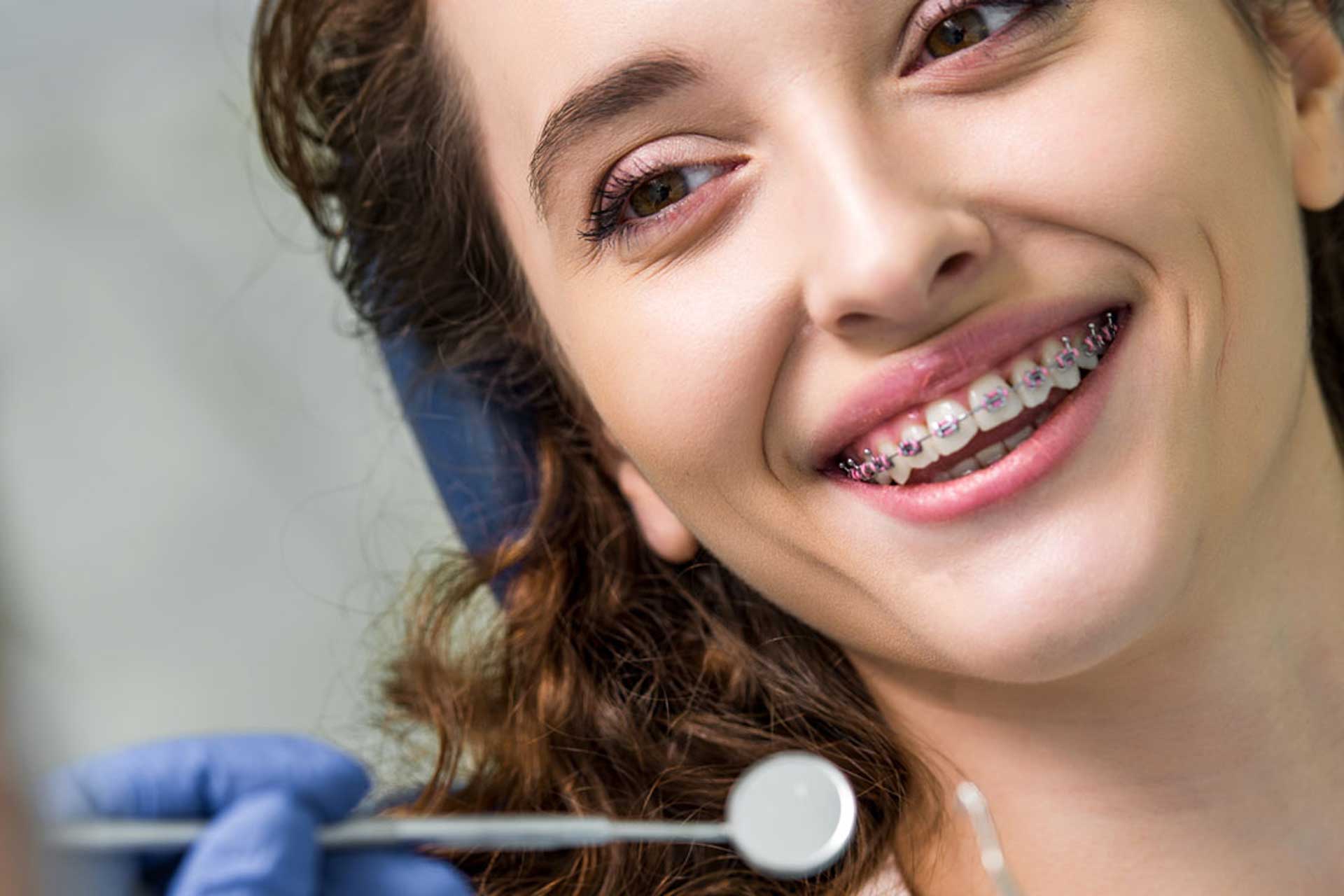
Does braces removal hurt?
Having your braces removed shouldn’t be painful, and you’ll be so delighted to see your newly-straightened teeth that you probably won’t be too bothered about any minor discomfort anyway.
You need to keep in mind, though, that removal of your braces doesn’t mean your orthodontic treatment is finished. You will need a retainer.
Retainers are metal-and-acrylic, plastic or stainless-steel appliances that prevent your teeth from shifting back out of position.
Wearing your retainer as instructed by your dentist is critical to get the full benefit of braces treatment. You may need to wear your retainer every day or just at night.
Your retainer may feel strange at first. You may get pressure on certain teeth or experience general soreness of your mouth. You may also notice an increased saliva flow in the first few days. All this is normal.
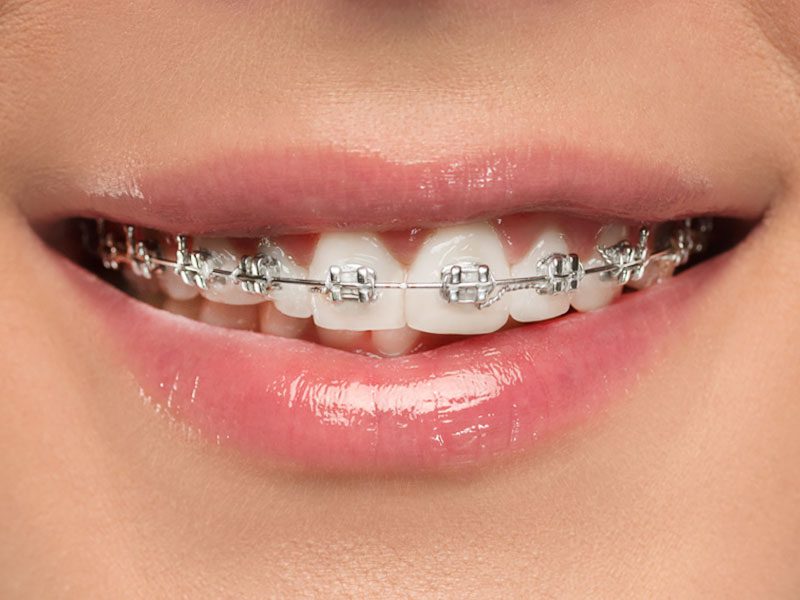
Minimizing braces discomfort
Discomfort from braces varies from person to person. Pain is subjective and some people can tolerate it better than others.
It’s likely you’ll experience some pain for a few days when you first get braces and after your braces are tightened. On the other hand, you may get only mild discomfort that goes away within a few hours.
The skill of your dentist plays a large part in how much braces hurt, so finding a dentist experienced in teeth straightening will minimise discomfort.
Why Choose NoFrills Dental?
NoFrills Dental has been providing quality, accessible and affordable braces treatment for the Singapore community for more than 15years, in line with our core belief that everyone deserves the perfect smile.
We can offer you a wide choice from a range of braces, and recommend the best type to meet your oral health needs and aesthetic objectives. Our braces treatment is designed to be as comfortable as possible.
You can find out more about braces treatment here, including types of braces, the benefits of braces, cost of braces, and a step-by-step guide to the process of getting braces.
Or call us on +65 6697 4912 or contact us online to discover more about braces treatment that minimises discomfort.

Looking to get started on your brand new & improved smile? Speak to our dentists today!
Schedule an appointment
We’ll get back to you within 24 hours.
Our Dental Clinics
We are conveniently located at these locations:
NoFrills Dental @ Suntec City
3 Temasek Boulevard
Suntec City (North Wing)
#03-317
Singapore 038983
NoFrills Dental @ Marina Square
6 Raffles Boulevard,
Marina Square,
#B1-11
Singapore 039594
Related Posts
Effective ways to clean your Invisalign Aligners
The advanced technology of Invisalign aligners has made them a hugely popular alternative to braces for straightening teeth, among teens and adults alike.
These clear plastic appliances are more comfortable and virtually unnoticeable in the mouth, and have the further advantage of removability for brushing and flossing and meals and snacks. And they can fix less complex orthodontic problems up to twice as fast as braces.
How to Clean Retainers: For Removable and Permanent Retainers
Retainers sit inside of your mouth and come into direct contact with your teeth. Bacteria, plaque and tartar can quickly accumulate inside of your retainers if they’re not cleaned properly and regularly. Just like your regular teeth, it’s important to clean your retainers everyday.
ClearCorrect vs Invisalign
In this article, we compare two popular clear aligner companies: Invisalign and ClearCorrect. They are two of the most renown in-office clear aligner companies that boast a strong track record of results. Both sets of aligners aim to straighten misaligned teeth and correct jaw discrepancies, however, the process to getting to an ideal end result (i.e., straight teeth and aligned jaws) varies slightly.

